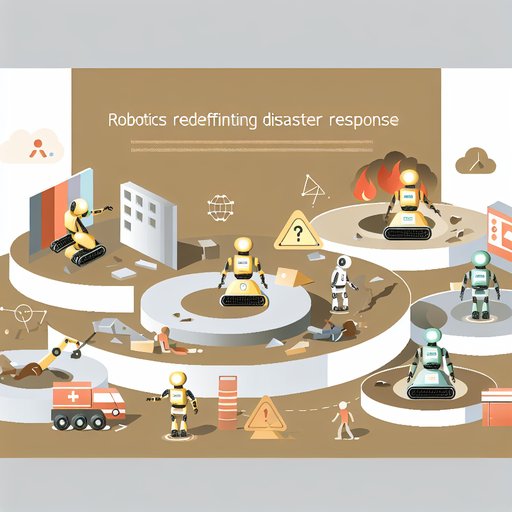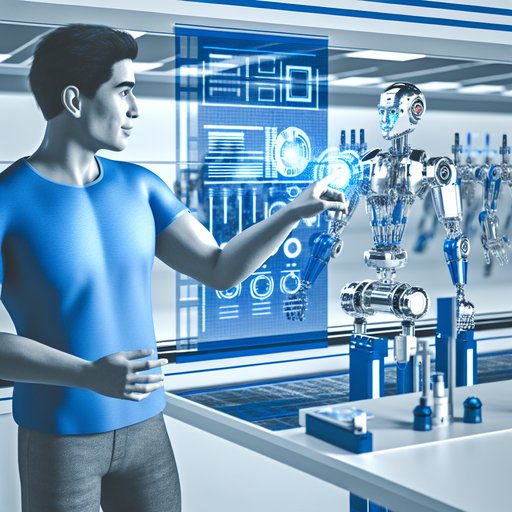The Silent Heroes in Crisis
In recent years, advancements in robotics have opened new frontiers for disaster response. The use of AI-powered robots is no longer just a theoretical possibility; these machines are now essential players in life-saving missions. But what makes them so indispensable in times of crisis? Let’s delve into their transformative role and what the future holds for this technology.
Beyond Human Capabilities
When natural disasters strike, conditions often become too hazardous for human responders. Here, robotics steps in, providing capabilities that humans simply cannot match. Drones, for instance, offer aerial views of disaster zones, delivering precise, real-time data. Ground-based robots navigate treacherous terrain, providing vital assistance in search-and-rescue missions. These machines not only enhance efficiency but also reduce the risks to human life.
AI: The Brain Behind the Machine
The integration of artificial intelligence is what truly elevates these robots. Advanced neural networks allow them to process and analyze data rapidly. For example, AI systems equipped with computer vision can identify survivors amidst rubble, dramatically speeding up rescue efforts. Machine learning algorithms continuously improve these processes, enabling more accurate decisions over time.
Case Study: The 2020 Beirut Explosion
The devastating blast in Beirut serves as a powerful example of robotic impact. Drones equipped with AI mapping tools were deployed to assess structural damages and locate survivors, a task that would have been perilous for human teams. The use of autonomous technology in such scenarios underscores its critical role in modern disaster management.
Ethical Considerations and Challenges
While the promise of robotic assistance is evident, ethical questions accompany their deployment. Privacy concerns arise as drones capture vast amounts of data. Additionally, there is the persistent challenge of ensuring these tools are accessible globally, not just in wealthier regions. Balancing technological potential with ethical standards will be crucial in addressing these issues.
The Road Ahead: Enhanced Collaboration
The future of robotics in disaster response looks promising yet complex. Enhanced collaboration between governments, tech companies, and humanitarian organizations is essential to unlock the full potential of these technologies. By fostering partnerships, we can ensure that innovations benefit all and are aligned with ethical considerations.
Conclusion: A New Era for Humanitarian Aid
The growing reliance on robotics in disaster response heralds a new era of humanitarian aid. These machines, empowered by cutting-edge AI, offer capabilities beyond the reach of human responders. While challenges remain, the potential for positive impact is immense. As we continue to harness this technology, robotics will undoubtedly remain at the forefront of transforming and saving lives in times of crisis.










